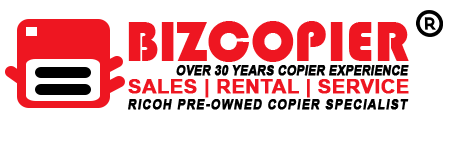The Standard Operating Procedure for Changing the Toner Cartridge in a Printer
Unlike some printers that rely on liquid ink when generating documents, laser printers use a powdery substance known as “toner” that sets into place when heat is applied. This material is kept in a special container known as a “toner cartridge,” which must be replaced when the available toner runs out. Although laser printers come in a variety of styles, the process for replacing toner cartridges is largely consistent from one model to the next. 1.Place a layer of paper towels or newspaper next to the printer. Turn on the printer and examine the control panel. Take note of the light or error message indicating which of the printer’s toner cartridges needs to be replaced. 2.Find the printer’s cartridge access door, located on the front or top of the device; some models may require you to lift the entire top section of the printer upward to gain access. 3. Examine the printer’s interior. If the toner cartridges are not visible, look for a protruding handle and pull it to remove the printer’s drum unit, allowing access to the toner cartridges. Examine the toner cartridges’ exteriors. Find the labels that indicate which colour of toner each cartridge contains. 4.Grab the handle connected to the empty toner cartridge. Pull the cartridge away from the printer’s interior or removable drum unit; on some printer models, you may need to move the handle forward or backward before the cartridge disengages from its location. Place the empty cartridge on the layer of paper towels or newspaper. 5.Keep both ends of the replacement toner cartridge in place. Turn the cartridge horizontally, then rock it from side to side to evenly distribute the toner. Remove any plastic tape or protective packaging from the exterior of the toner cartridge. 6.Grip the handle that is attached to the toner cartridge replacement. Insert the cartridge into the printer’s matching compartment; if your printer has a removable drum unit, insert the cartridge into the drum unit, then reinstall the drum unit into the printer. Close the printer’s access door. *Other Model AvailableRICOH MPC3503/ MPC5503 | RICOH MPC3504/ MPC5504 CONTACT US: 03-3341 6296 | 018-788 6296 | 018-228 6296

Recent Comments